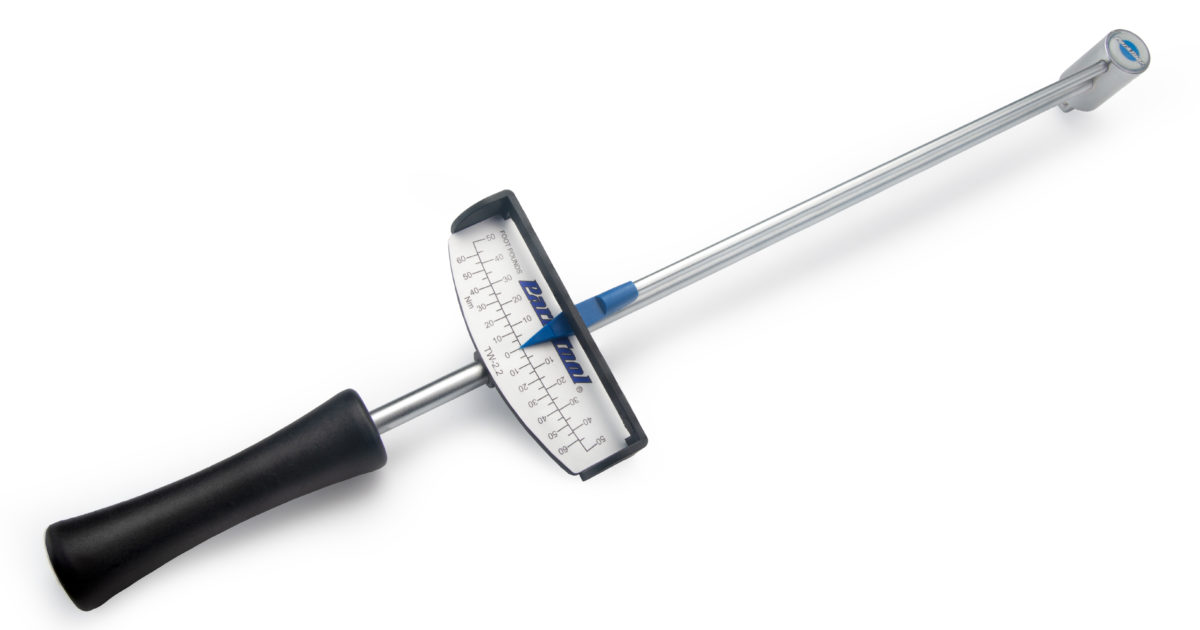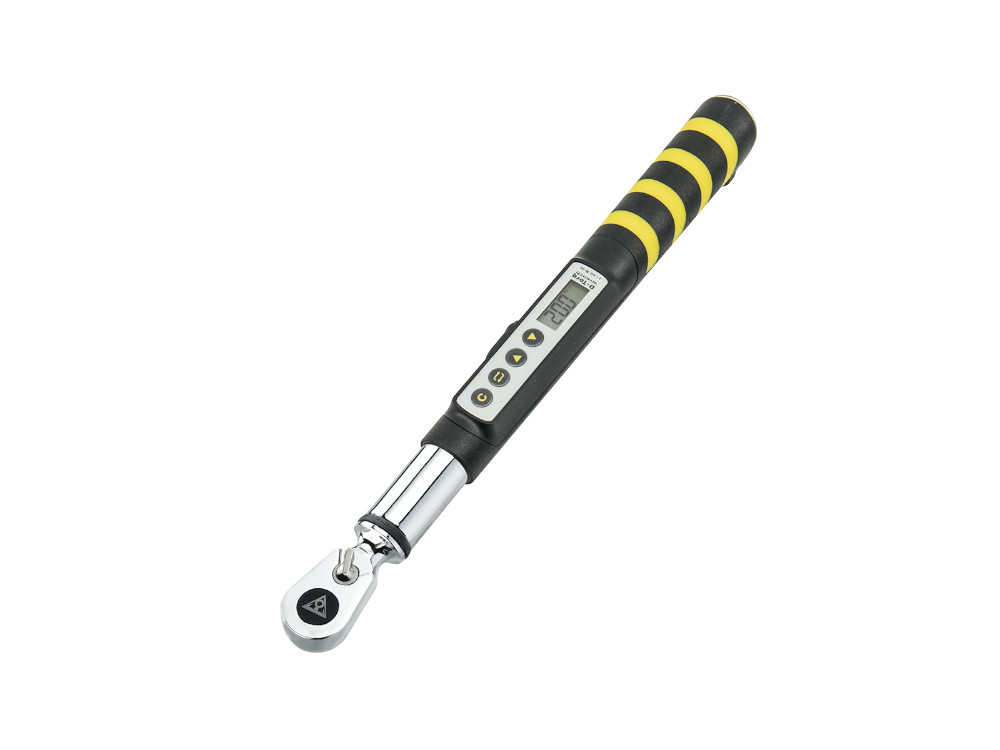A torque wrench is a tool used to apply a specific amount of torque to a fastener, such as a nut or bolt. It is usually in the form of a ratcheting wrench with a dial or digital readout that displays the amount of torque being applied. The unit of measurement for torque is Newton-meters (Nm).
If you’re a car enthusiast, or even if you just own a car, you’ve probably seen the letters “Nm” on a torque wrench before. But what does Nm mean?
Nm stands for Newton-meters and it is the unit of measurement for torque.
Torque is a measure of how much force is required to turn an object. The higher the torque, the more force is required.
For example, when you’re changing a tire, you need to apply more torque to loosen the bolts than you do to tighten them.
That’s because there’s more friction when you’re trying to loosen something than when you’re trying to tighten it.
The amount of torque that’s needed to perform a task varies depending on the size and weight of the object that you’re working on. A small bolt might only require 5 Nm of torque to be loosened, while a large bolt might require 50 Nm or more.
When using a torque wrench, it’s important to set it to the correct value so that you don’t damage whatever it is that you’re working on. If you apply too much force, you can strip threads or break parts. If you don’t apply enough force, things might not be tightened properly and could come loose later.
So next time you see “Nm” on your torque wrench, now you’ll know exactly what it means!

Credit: www.parktool.com
How Do You Read a Nm Torque Wrench?
To read a Nm torque wrench, you need to first understand the markings on the wrench. The numbers etched into the surface of the wrench represent different units of measurement. The number before the “Nm” designation is the amount of torque, or twisting force, that can be applied before the tool slips or breaks.
This number is usually between 30 and 300.
The second number after the “Nm” is called the tolerance. This number represents how close to the stated amount of torque you can expect your readings to be.
For example, if a Nm torque wrench has a tolerance of +/- 5%, then you can expect your readings to be within 5% of the stated amount of torque.
When using a Nm torque wrench, it is important to always start with lower settings and increase as needed. Applying too much force at once can damage both your equipment and yourself.
How Strong is 1 Nm Torque?
1NM Torque is pretty strong. It’s the amount of torque required to raise a 1kg mass by 1 meter in one second, or to accelerate it at 1m/s2.
How Much Torque is 10Nm?
How much torque is 10nm? This is a difficult question to answer without knowing more about the specific application in which the 10nm of torque will be used. In general, however, it is safe to say that 10nm of torque is a relatively small amount of torque and would not be sufficient for most industrial or commercial applications.
How Tight is 25Nm Torque?
Assuming you are asking about the specifications of a certain torque wrench, most 25nm torque wrenches have a +/- 3% accuracy. This means that for every 1 turn of the knob, the torque output will be within 25nm + 3%.
How to use the Newton Meter scale on a torque wrench. Reading Nm and setting the coarse/fine scales.
Torque Wrench Nm to In-Lbs
A torque wrench is a tool used to apply a specific amount of force to an object. In most cases, it is used to tighten or loosen bolts and nuts. The torque wrench allows the user to set and achieve a desired level of torque, usually expressed in Newton meters (Nm) or foot-pounds (in-lbs).
Why use a Torque Wrench?
There are many reasons why you might need or want to use a torque wrench. Perhaps you are doing some work on your car and need to make sure that the bolts are tightened to the correct specifications.
Maybe you’re working in a factory where precise amounts of torque must be applied to components during assembly. Whatever the reason, using a torque wrench can help ensure that the task at hand is completed correctly.
How does it work?
A typical torque wrench has two parts: an adjustable handle and a fixed socket. The socket is attached to the handle via a ratchet mechanism, which allows the user to set the desired level of torque. To use the wrench, simply insert the socket onto the bolt or nut you wish to tighten or loosen, then hold onto the handle and turn it in the appropriate direction until either resistance is felt (when tightening) or the bolt/nut comes loose (when loosening).
It’s important not note that most torque wrenches have markings that indicate which way should be turned for tightening vs loosening – so be sure to pay attention!
What are some things to keep in mind when using one?
– Make sure you know what units of measurement your particular wrench uses before attempting any tasks!
Most wrenches will have this information clearly marked on them, but if not just ask someone who knows or look it up online ahead of time. Trying to convert between units while also tryingto focus on applyingthe right amount of force can be very difficult and may lead tomistakes being made.
– Also be aware that different materials require different levelsof forcefor optimal results – so always consulta reference guideor expertbefore proceeding ifyouare unsure.
Applyingtoo muchforcecan bedangerousand damage whateveryouare workingon, while too littlemay resultin less than idealresultsor could causefutureproblems downthe road.
– Be extra careful when usinga torque wrenchon delicateitems suchas electroniccomponents;it doesn’t takemuchtorqueto do seriousdamagehere!
5 Newton Meter Torque Wrench
If you’re in the market for a torque wrench, one option you may come across is the 5 Newton meter torque wrench. But what exactly is this tool, and what are its benefits? Here’s a look at everything you need to know about the 5 Newton meter torque wrench.
The 5 Newton meter torque wrench is a type of torque wrench that is used to measure and apply torque. This specific model measures in newton meters, which is a unit of force. The main benefit of this particular model is that it is very accurate, making it ideal for precision work.
Additionally, it is relatively easy to use once you get the hang of it.
If you’re looking for a reliable and accurate torque wrench, the 5 Newton meter model may be a good option for you. It’s important to note, however, that this tool does require some practice and familiarity before using it on your own projects.
10 Nm Torque by Hand
Assuming you would like a blog post about how much torque can be generated by the human hand:
The human hand is capable of exerting quite a bit of force. In fact, on average, men can generate about 10 Nm (newton meters) of torque by hand.
For context, that’s roughly the same amount of torque as produced by a 1 hp (horsepower) engine. But of course, there are plenty of people who can generate far more – or far less – torque than that.
Interestingly, though women on average don’t generate as much torque as men, they are often better at endurance tasks that require sustained force production.
So while men may be able to generate more power for shorter periods of time, women can usually keep going for longer.
How to Read a Torque Wrench in Foot Pounds
If you’re working on a car, it’s important to know how to read a torque wrench in foot pounds. This will ensure that you don’t over-tighten or under-tighten bolts, which can lead to serious problems. Here’s a quick guide to help you understand how to read a torque wrench:
First, find the right size of torque wrench for the job. There are many different sizes available, so make sure you choose one that will fit the bolt you’re working on.
Next, hold the torque wrench in your dominant hand and place the end on the bolt head.
Apply pressure until the needle points to 0 ft-lbs on the dial. This is your starting point.
Now, turn the knob clockwise until it stops at your desired foot-poundage reading.
For most applications, between 30 and 60 ft-lbs is sufficient. If you’re unsure about what reading to use, consult a reputable source such as a car manual or ask an experienced mechanic for advice.
Finally, pull firmly on the handle of the torque wrench until it clicks.
This indicates that you’ve reached your desired foot-poundage and ensures that you don’t overdo it. Once you hear the click, stop turning and remove the torque wrench from the bolt head.
Conclusion
A torque wrench is a vital tool for many mechanics and engineers, as it allows them to apply a specific amount of torque to a bolt or nut. While the term “Nm” may be confusing at first, it simply stands for Newton-meters, which is the metric unit of measurement for torque. With a little bit of practice, any mechanic or engineer can learn how to properly use a torque wrench to get the job done right.






Leave a Reply